The Five Main Categories Of Free-To-Play MMOs
What's your taste?!

The world of MMOs is vast and diverse. While many MMOs blend multiple gameplay styles, most titles tend to fall into five broad categories: RPG, ARPG, Shooter, Sandbox/Survival, and Social. Each category offers a distinct flavor of online interaction, whether you’re looking for deep story-driven quests, fast-paced combat, cooperative missions, world-building, or just a relaxing space to connect with friends. Let’s break down each category with examples of free-to-play games that best represent the style and appeal to players worldwide.
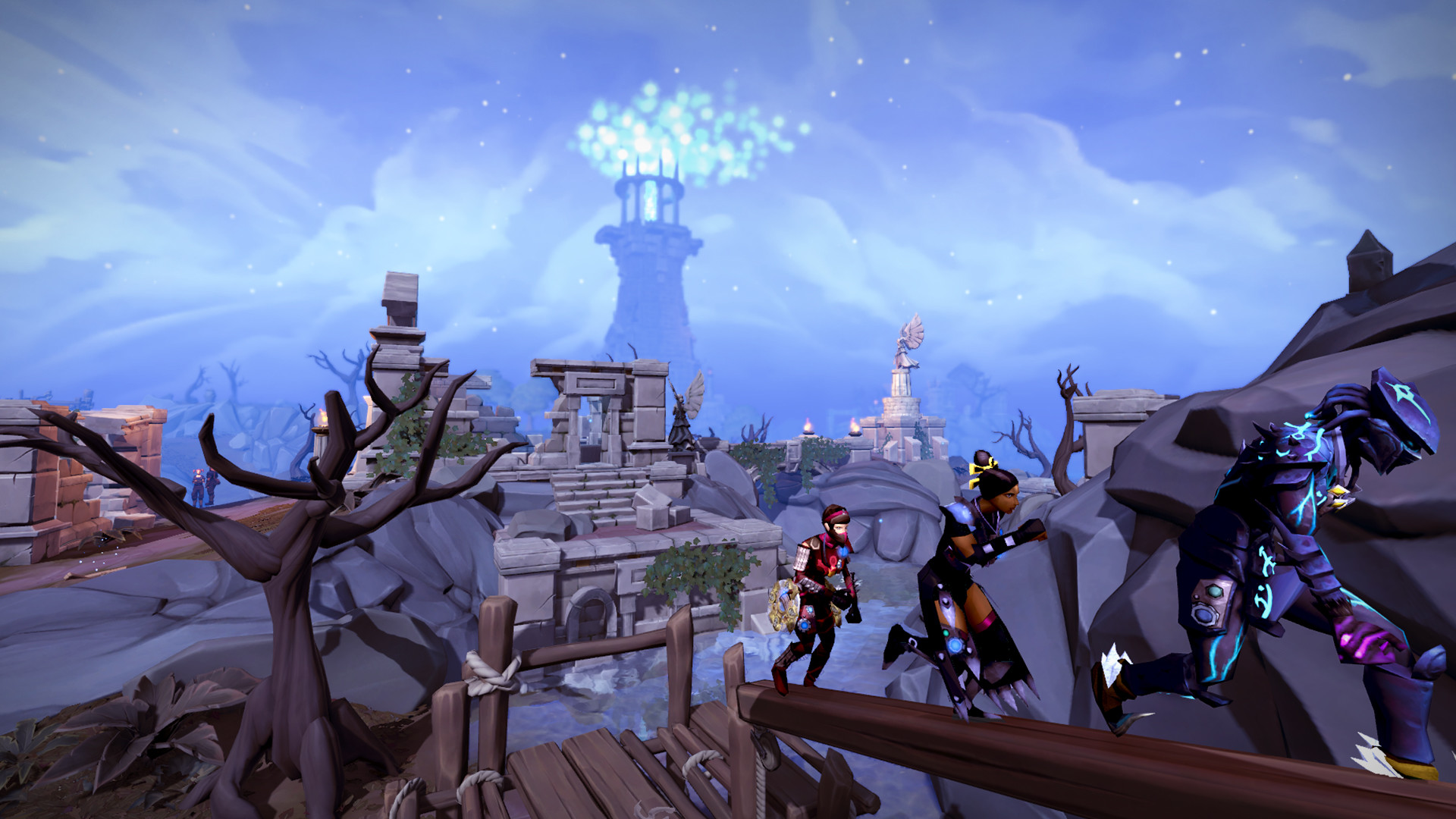
MMORPGs: Classic Quests and Expansive Worlds (RuneScape & Guild Wars 2)
The cornerstone of the MMO genre is the traditional MMORPG. These games typically immerse players in large fantasy or sci-fi worlds full of lore, diverse character classes, and detailed progression systems. Players can expect to grind experience points, craft items, form guilds, and explore dungeons or raids with groups of friends and strangers alike. The appeal lies in the blend of character development and social cooperation, completing quests together or battling powerful bosses.
RuneScape: A classic fantasy MMORPG known for its open-world exploration, skill-based progression, and player-driven economy.
Guild Wars 2: A dynamic MMORPG featuring a living world, large-scale PvP, and story-driven personal quests.
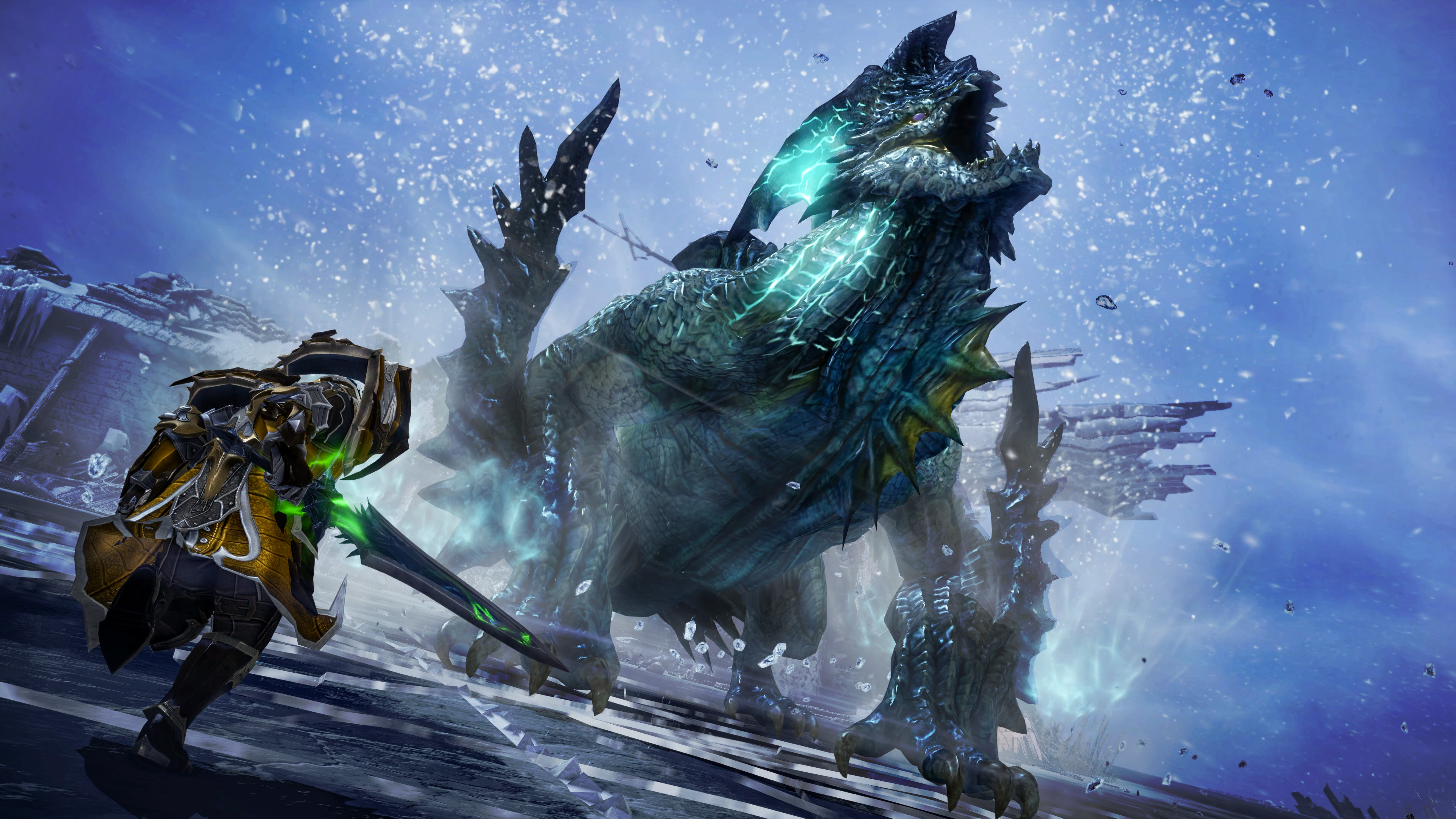
MMOARPGs: It's All About The Loot (Lost Ark & Path of Exile)
Action RPGs (ARPGs) combine the loot-driven gameplay of classic dungeon crawlers with MMO features, creating fast-paced, skill-heavy experiences. In MMOARPGs, combat is often frantic and requires quick reflexes, while character progression focuses heavily on gear collection and build customization. The thrill of these games comes from the nonstop action and the hunt for rare, powerful loot.
Lost Ark: A fantasy MMOARPG blending fast-paced combat with deep loot systems and expansive world exploration.
Path of Exile: A dark fantasy MMOARPG focused on complex character customization and challenging endgame content.
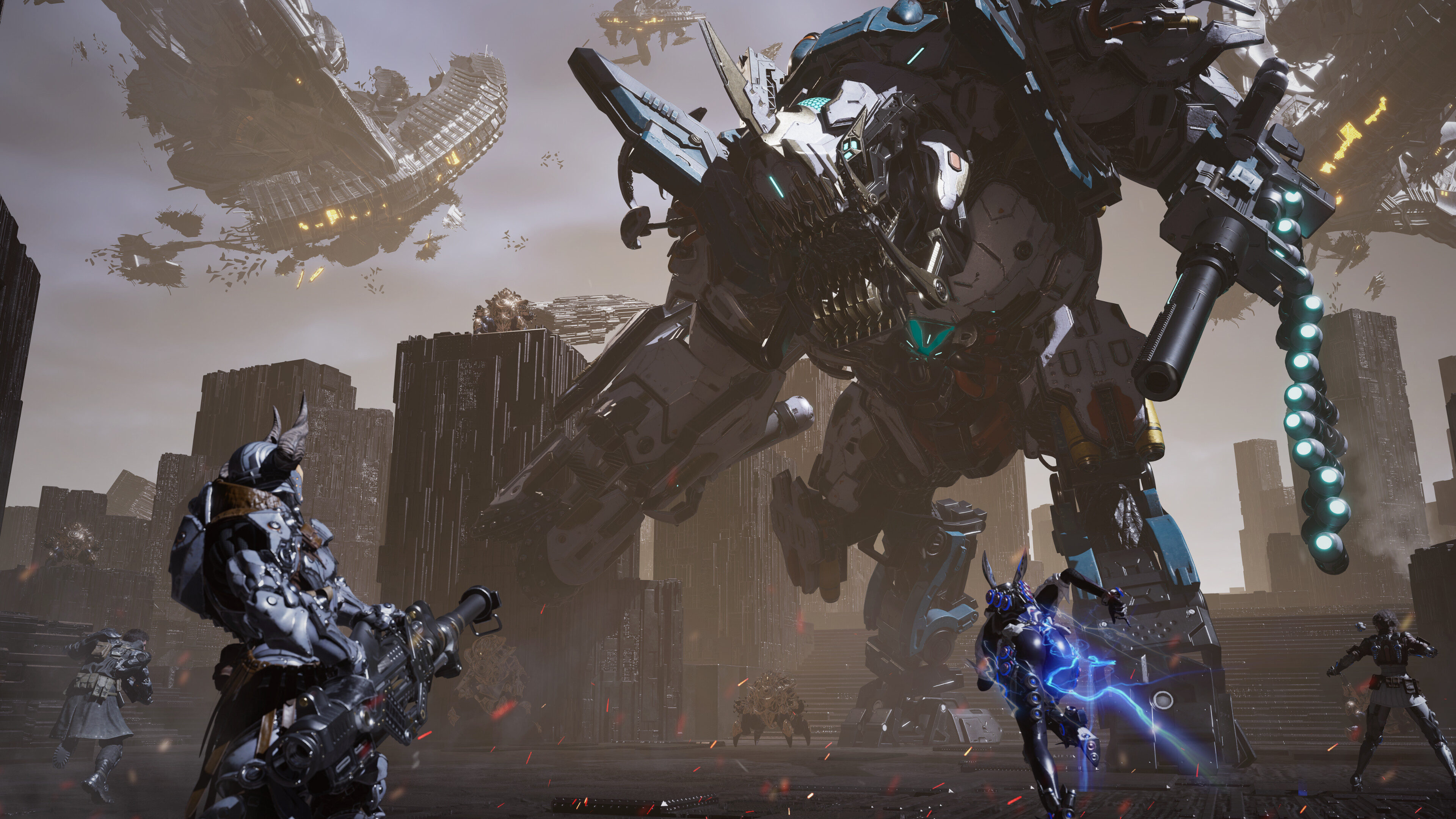
MMO Shooters: Guns Over Blades (Destiny 2 and The First Descendant)
Not all MMOs revolve around swords and magic. MMO shooters take the sweaty gameplay of first-person (FPS) or third-person shooters (TPS) and combine it with persistent worlds, character progression, and cooperative or competitive multiplayer modes. These games appeal to players who want high-intensity combat alongside meaningful character growth.
Destiny 2: A space-based MMOFPS hybrid offering cooperative raids, competitive multiplayer, and evolving story content.
The First Descendant: A sci-fi MMOTPS emphasizing hero abilities and high-octane combat in a dystopian future.
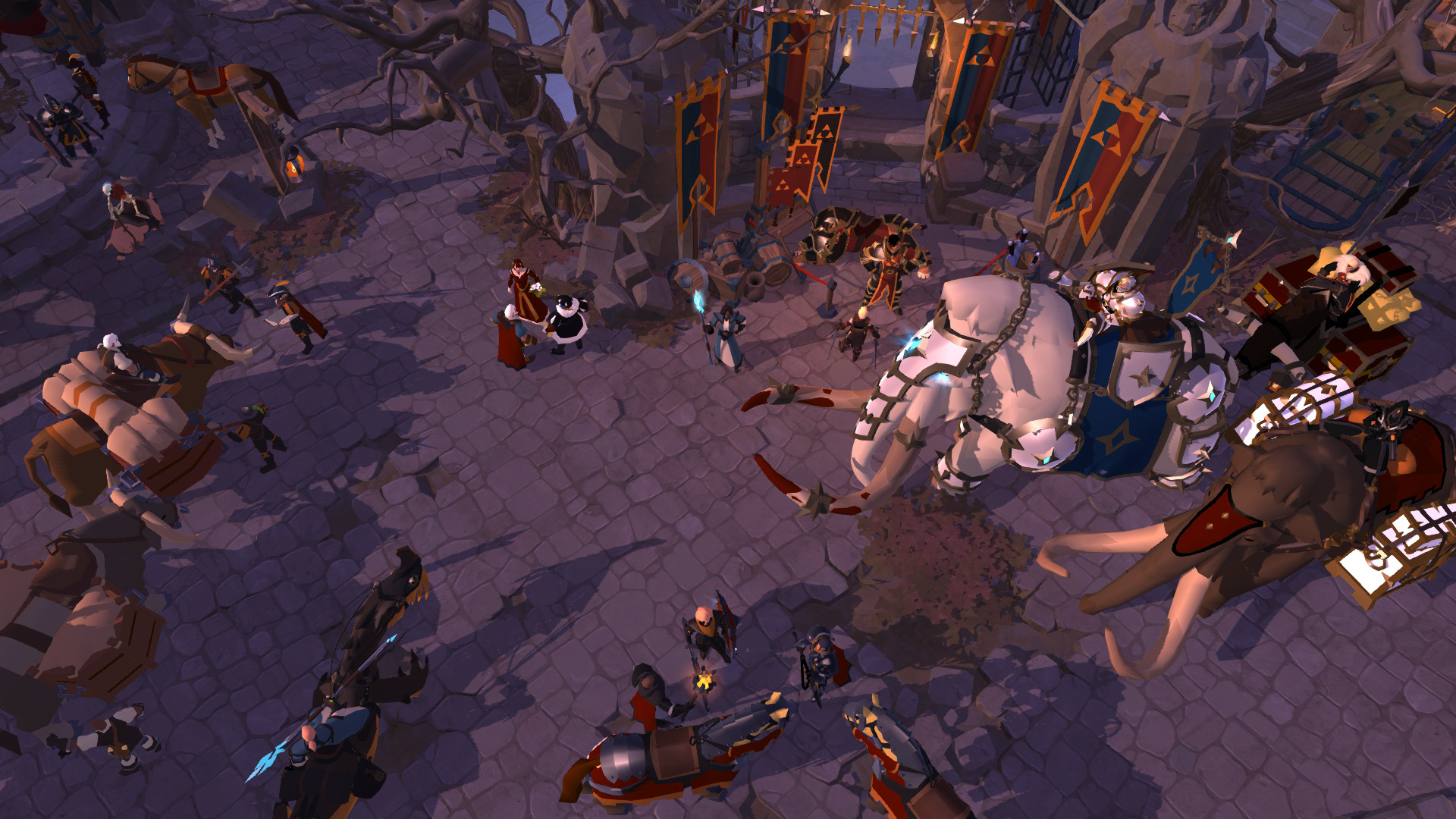
Sandbox / Survival MMOs: Building and Crafting (Albion Online and BitCraft Online)
Sandbox and survival MMOs emphasize player freedom and creativity over strict narrative or structure. Players are often dropped into harsh, open worlds with minimal guidance, forced to gather resources, craft tools, and build bases while defending themselves from threats, both environmental and from other players. These games encourage emergent gameplay driven by player choices.
Albion Online: A sandbox MMORPG focused on player-driven economy, territorial conquest, and full-loot PvP in a medieval fantasy world.
BitCraft Online: A sandbox MMORPG combining sandbox building, exploration, and multiplayer combat in a pixel-art style world.
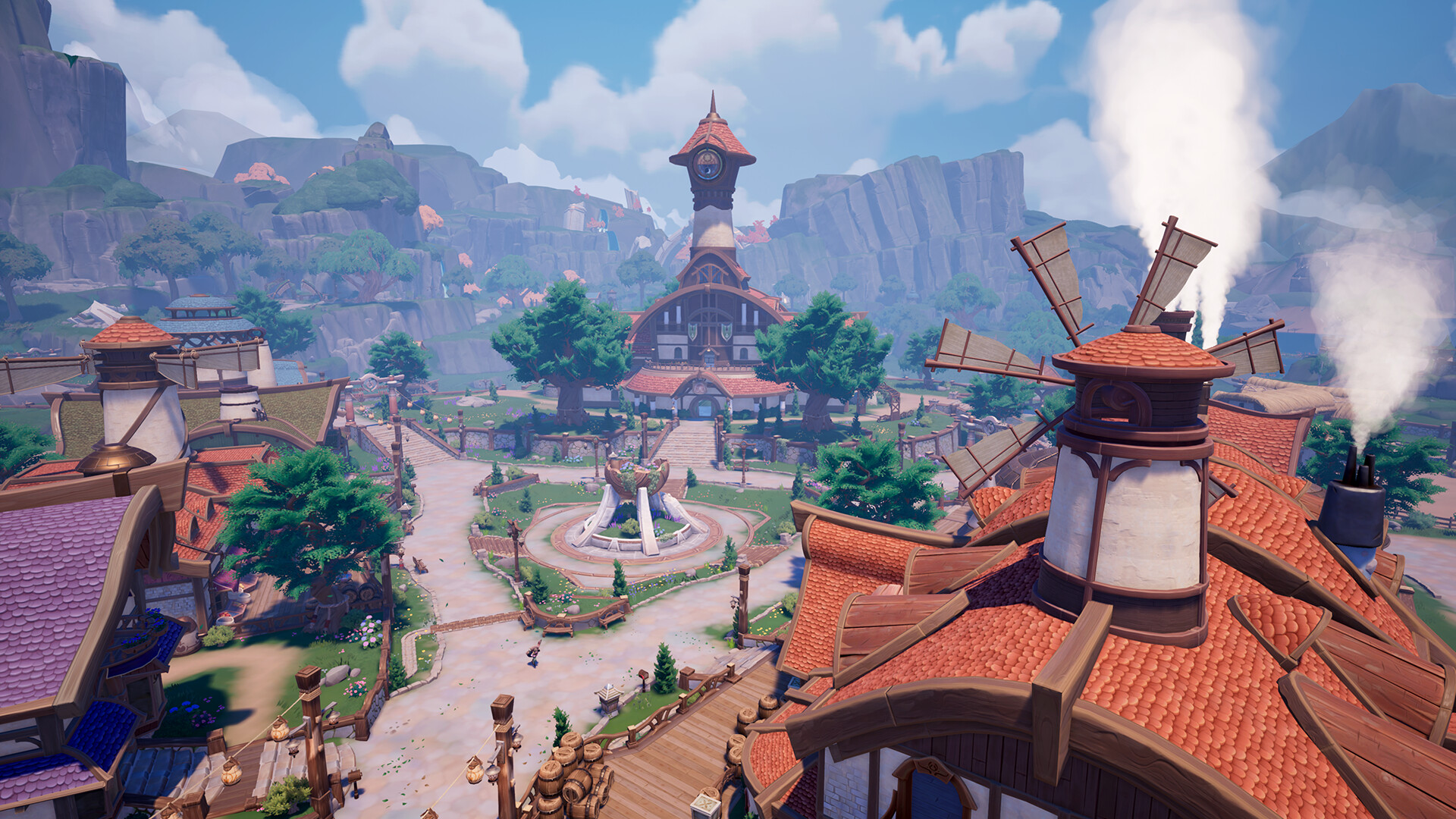
Social MMOs: Less Fighting, More Relaxing (Palia & Sky: Children of the Light)
Some MMOs focus less on combat and competition and more on creating welcoming spaces for players to socialize, explore, and express themselves. These social MMOs appeal to players who want to unwind, roleplay, or simply connect with others in beautifully crafted virtual worlds. Emphasis is often placed on customization, exploration, and cooperative experiences that build community rather than rivalry.
Palia: A cozy multiplayer life-simulation social MMO centered on community-building, crafting, and exploration.
Sky: Children of the Light: A visually stunning social MMO encouraging cooperation and emotional storytelling through flight.
The MMO genre offers something for every type of player, whether you crave epic quests, heart-pounding action, strategic survival, or laid-back socializing. By understanding the distinct categories — RPG, ARPG, Shooter, Sandbox/Survival, and Social — you can better find the free-to-play MMO that fits your playstyle and interests. Whatever your preference, the vast MMO landscape has a place for you to connect, compete, and create, even in the free-to-play space.
Related Articles
About the Author

Matthew “dinofries” D'Onofrio is a writer, content creator, podcaster and — most importantly — a gamer. With such a strong passion for video games and a severe case of FOMO, it's no surprise he always has his finger on the pulse of the gaming world. On the rare occasion Matt's away from a screen, you'll find him strumming away on his acoustic guitar or taking care of his cat Totoro.
More Stories by Matthew D'OnofrioRead Next
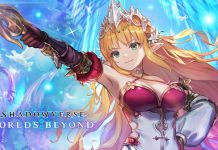
Feature
Shadowverse: Worlds Beyond Has Officially Replaced Hearthstone As My New Card Game Addiction
While in bed, on the toilet, watching TV, waiting in line, and writing this very article...
You May Enjoy
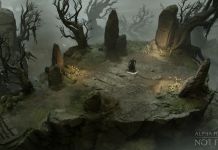
Explore an underworld abandoned by the gods in the “dark fantasy ExtrAction RPG”.

Three reasons each to be optimistic and cautious about Horizon: Steel Frontiers

The update adds the game’s 63rd Warframe, Uriel and expands the Focus progression system.

The update will expand on the Galactic Threads story and add new Dynamic Encounters.
Just to be clear, MMO is pretty self explanatory. It is simply an online service based game, that allows a large number of people to actively play together in the active play portion of the game. Meaning for example, those town hub, instanced dungeon type games, where only maybe four people play together, aren't MMOs. Then MMO is no more of a genre, than single player is.
Beyond that, putting Lost Ark, into a looter game group, would only be done by someone that has never played it, or at least didn't play it much at all. Lost Ark is just your typical RPG, it is not a looter game, I think what gets a lot of people confused is its top down presentation, which makes people think of Diablo. Diablo IV, and Path of Exile would have been better examples of that group, but Destiny 2, and The First Descendant would also work there. Mind you, it feels like The First Descendant is trying to work its way out of the whole looter thing, and be more of a regular RPG.